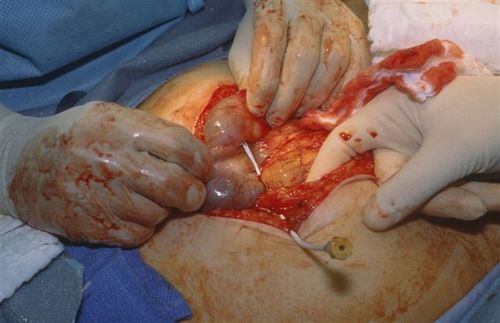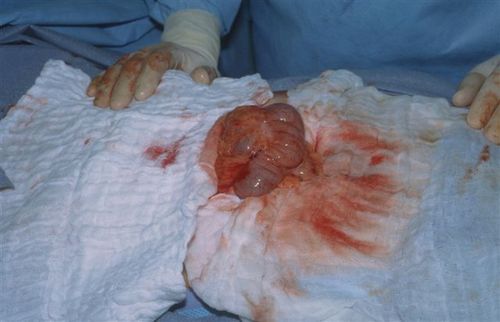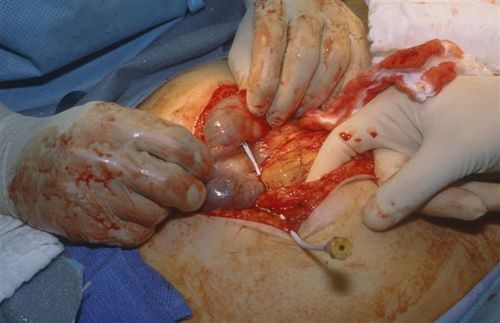Everybody is looking for good algorithms. They’re very helpful in standardizing care and they are a great teaching tool to show one good way to do something. All trauma centers have at least a few, like the Massive Transfusion Protocol.
Well, as the population ages and more of our elders are placed on drugs like warfarin, they run the risk of life-threatening bleeding if an accident occurs. Why reinvent the wheel? Don’t spend the time combing through the literature and designing your own protocol if someone else has already done the leg work!
Here’s a copy of our protocol for rapid reversal of warfarin with prothrombin complex concentrate (PCC) when life-threatening bleeding is present (e.g. blood in the head). Please note that the INR must be 2 or above to use this protocol, or the risks of giving the drug begin to outweigh the benefits.
Once the patient is found to be eligible, a single dose of PCC based on INR is given, as well as 10mg of vitamin K. The INR usually returns to near normal within about 30-45 minutes. If it’s still elevated, then begin administering plasma.
Feel free to copy and share. Also, any and all comments are welcome!
Download the protocol by clicking here
Related post:





